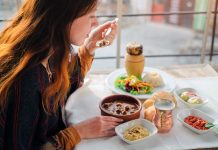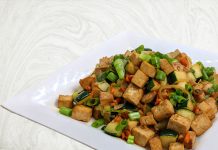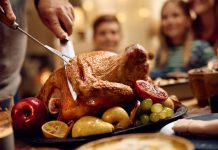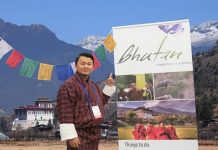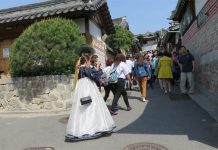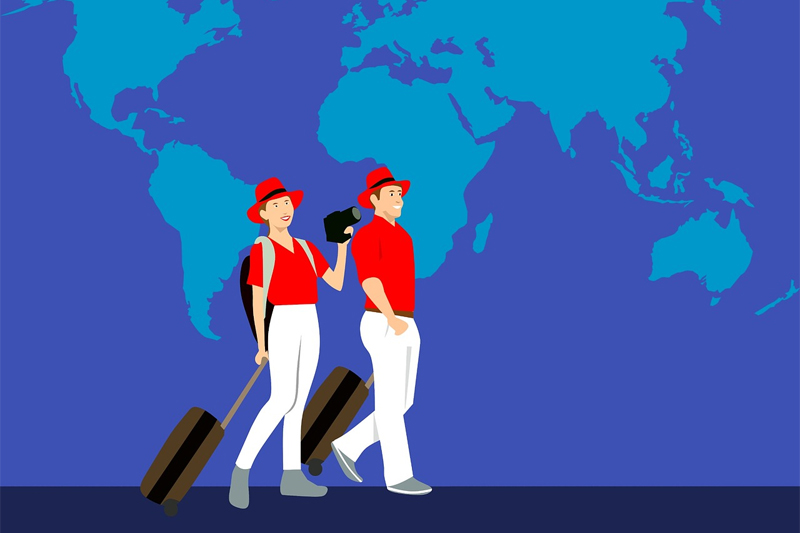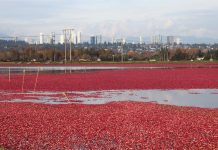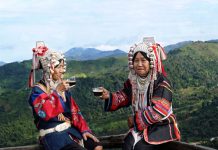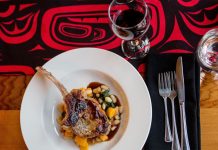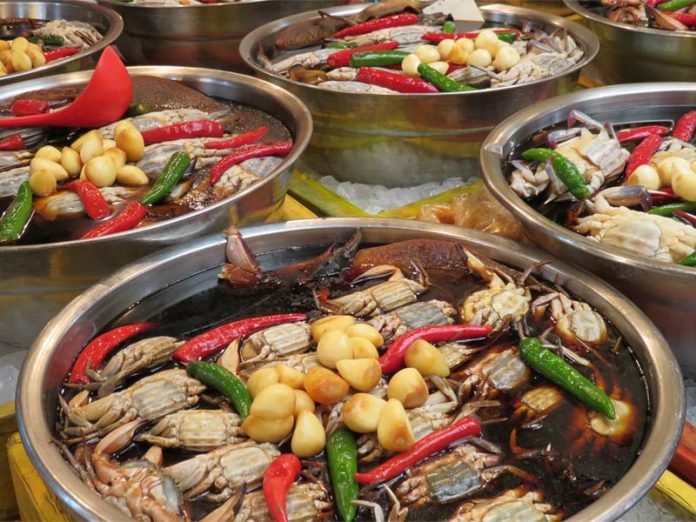In Seoul, you are never more than five minutes away from a food outlet, anytime, day or night. The bustling Asian metropolis is a hub of all things tasty and fun. Mouth-watering food, entertainment, fascinating attractions and endless shopping.
Seoul hosted the Summer Olympics in 1988. The historic event marked South Korea’s economic rise from the 1950-53 Korean War.
Unprecedented economic boom with global integration over the five decades has transformed the country into a high-tech powerhouse.
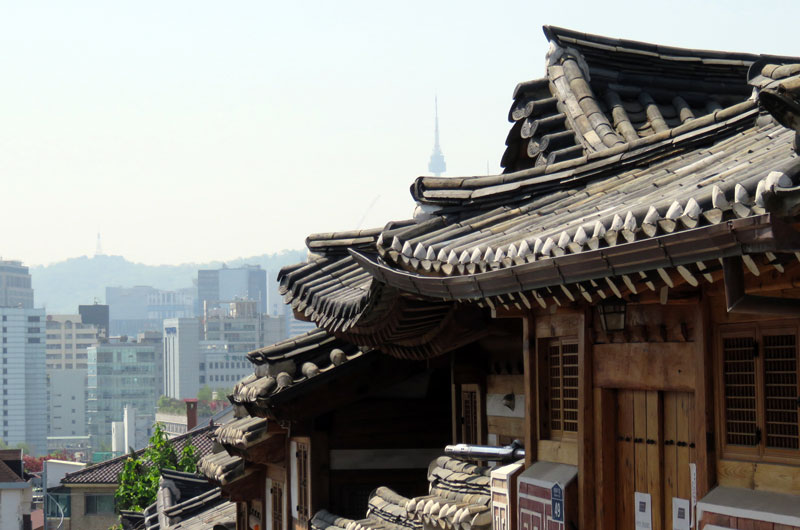
PyeongChang 2018 Olympic Games
The PyeongChang 2018 Olympics from February 09 to 25 will see their high-tech innovations in action.
Yonhap reported that a total of 85 robots (11 different types) will be placed at various venues. The robots will provide information on schedules, transportation and tourist attractions during the Olympics.
The annual PyeongChang Winter Music Festival with the theme: A Musical Salute to PyeongChang will kick off January 30 in Seoul to welcome the Winter Olympics.
It’s scheduled to run in Seoul and four cities in Gangwon Province. They include PyeongChang and sub-host cities of Gangneung and Jeongseon.
South Korea is one of the global champions when it comes to gastrodiplomacy, a subset of public diplomacy.
As gastronomist Paul Rockower puts it, “the act of winning hearts and minds through stomachs”.
Experiencing Korean soul food is not the same without a visit to a local market. The popular markets in Seoul are: Namdaemun, Mangwon, Dongdaemun, Donam, Jamsil Saemauel and Gwangjang.

Gwangjang Market: Soul Food Hub
Gwangjang market set in the historic area, is a quintessential Seoul experience. Character and traditional prevails in this century old market.
Come lunch time, Gwangjang market turns into a rumbling sea of chaos and excitement.
If the sights and aromatic fogs wafting from the cooking aren’t enough to persuade customers, the taste will.
Office workers and tourists vie for a spot in the limited seating areas. Some cluster around stalls waiting for service. Others hurriedly inhale their lunches on narrow counters – next to bubbling cauldrons of soup, stew and spicy rice cakes. The counters are also piled high with jokbal (pig’s feet) and sundae (blood sausages).
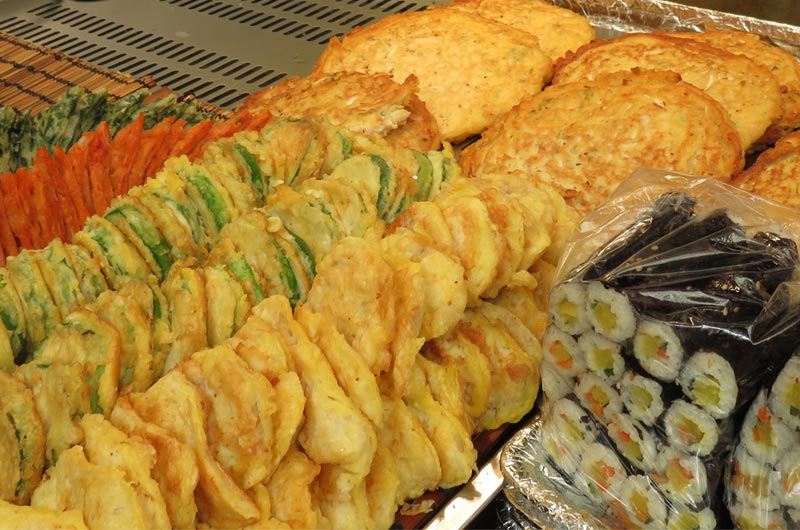
The food choices are amazing. Popular features: bindaetteok (deep-fried mung bean pancakes) and addictive mayak gimbap (steamed rice, pickled radish, carrot wrapped with seaweed – dipped in mustard-soy sauce).
Other traditional fares include tteokbokki (spicy, soft rice cake), Japchae (glass noodles), maeuntang (spicy fish stew) and bulgogi (grilled marinated beef).
Not to miss, the kimchi mandu (dumplings) and Korean signature bibimbap (rice topped with vegetables, chili, soy, egg and meat). The kimchi (seasoned fermented vegetables) and banchan (tapas) choices were irresistible. In the vicinity, restaurants offer cook-to-order seafood.
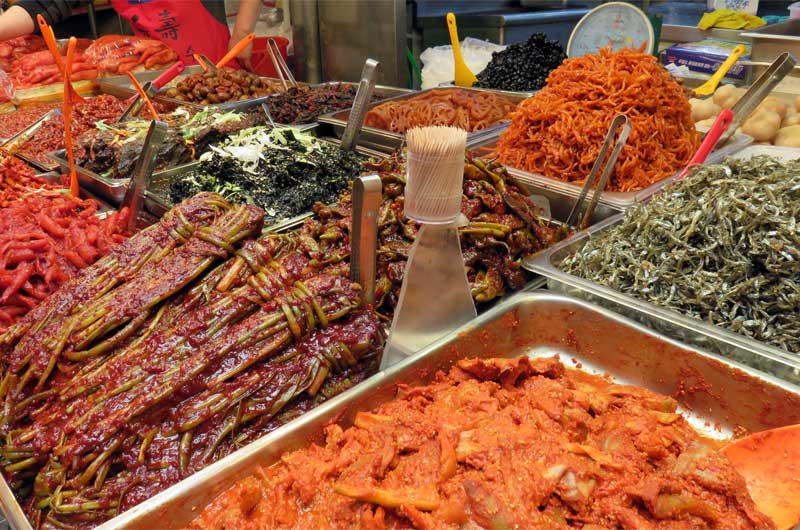
First time visitors may find the choices a little daunting. If you are unsure, pick a busy stall popular among locals and an appealing dish.
A bowl of Japchae cost around CAD$4.00. Food is inexpensive and delicious. It’s street food after all, so don’t expect Canadian hygiene standards.
Textile and Vintage Fashion Shopping
Gwangjang Market houses over 5,000 stalls and shops, and averages 65,000 visitors daily. Food stalls occupy the ground level’s main corridor – with herbal and textile shops fringing the side alleys.
Its textile market is the largest in Seoul. Popular items include silk, satin, linen, vintage clothing and tailored hanboks (traditional Korean attire).
Most shops or stalls open from 9 a.m. to 6 p.m. daily. On Sunday, only clothing and food stalls are open. The market is situated in Jongno, Seoul’s economic and cultural district.
Here, historic palaces, villages and markets co-exist with towering skyscrapers, plazas, trendy bars and restaurants.

Step back in time to the Joseon Dynasty (Korea’s longest-reigning and last imperial dynasty) at Gyeongbokgung, Changdeokgung, Deoksugung Palaces and Bukchon Hanok Village.
The quaint village houses hundreds of hanok (traditional Korean houses) with many converted to cultural centres, restaurants and tea or guest houses.
There’s never a dull moment in Seoul. From street stalls, restaurants and to convenience stores, the array of cuisines will keep a foodie intrigued and craving for more of this culinary metropolis. Best Korean dishes: 40 foods we can’t live without
Published: October 10, 2017 | Updated: January 26, 2018




